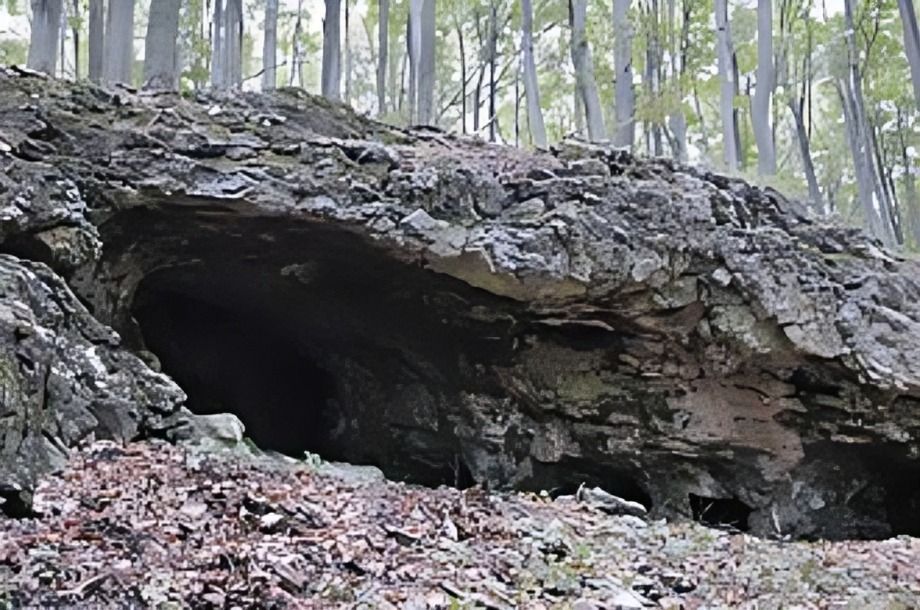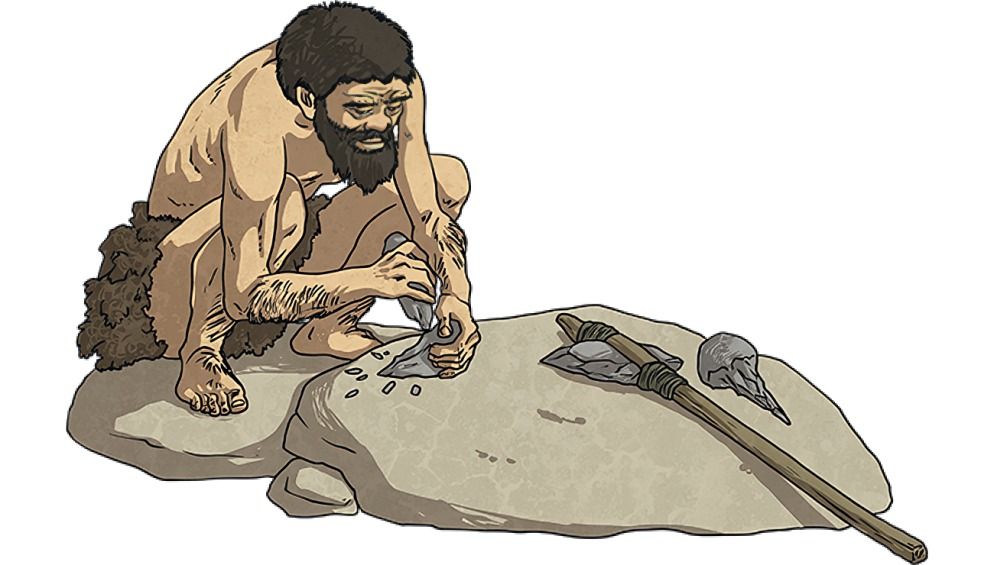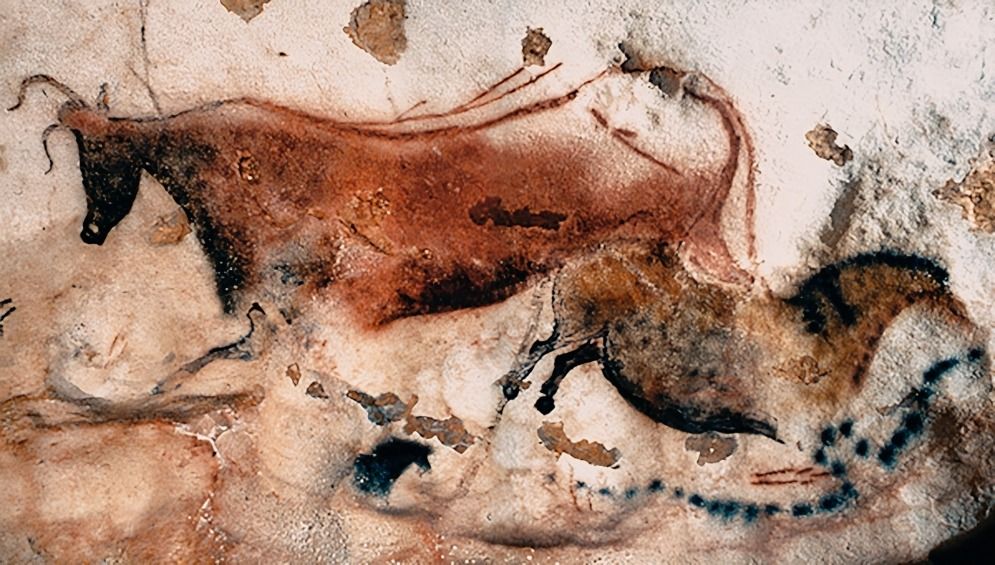
“
In this blog, we delve into intriguing Facts About Paleolithic Shelters and Habitats, exploring the living conditions of early humans. From caves to temporary structures made from natural materials, these shelters reflect the ingenuity of our ancestors. Join us as we uncover 20 fascinating Facts About Paleolithic Shelters and Habitats that highlight the resourcefulness and resilience of our ancient predecessors.1
1
”
Paleolithic people primarily lived in caves, using these natural shelters for protection from the elements and predators. These caves also offered stable temperatures, making them ideal for year-round habitation.1
During colder periods, Paleolithic people created semi-permanent huts from animal bones, wood, and hides. These structures were sturdy and insulated, providing warmth and safety in harsh climates.2
Nomadic by nature, Paleolithic people adapted their shelters based on their environment. In forested areas, they constructed shelters using branches and leaves, forming temporary yet effective dwellings.3

In areas lacking natural resources for building, Paleolithic people utilized mammoth bones to create tents. These makeshift structures were particularly common in the cold regions of present-day Eastern Europe.
Fire was crucial in Paleolithic shelter life, providing warmth, protection from predators, and a place to cook food. The discovery of fire drastically improved their living conditions.4
Some Paleolithic groups lived near rivers and lakes, building shelters near water sources. This allowed easy access to fresh water, vital for survival, and improved their ability to hunt and fish.5
Animal skins were used not only for clothing but also to cover shelters. These skins provided insulation kept out the rain and protected the inhabitants from wind and cold.6

Rock overhangs were popular among Paleolithic people for temporary shelter. These natural formations provided a ready-made roof and were often used while travelling or during hunting expeditions.
Paleolithic people sometimes built shelters from driftwood and animal hides in coastal regions. These structures were durable and adapted to the harsh conditions near the sea, protecting inhabitants from storms and winds.7
Evidence of Paleolithic shelters has been found in postholes, which suggest that some groups used wood or bone to create tent-like structures with large hides draped over them.8
The interiors of Paleolithic shelters were often divided into specific areas for sleeping, cooking, and social activities. These early forms of spatial organization show a surprising complexity in their living arrangements.9

Some Paleolithic people created windbreaks from rocks and sticks to shield their fires from the wind. This simple yet effective method allowed them to cook and stay warm even in exposed areas.
During the last Ice Age, many Paleolithic people sought shelter in caves or rock shelters to escape the freezing conditions. These natural structures were crucial for survival in such extreme climates.10
Paleolithic huts were often circular, maximizing internal space and offering more stability against strong winds. This design was a precursor to later architectural developments in human history.11
Animal bones were commonly used as structural supports in Paleolithic shelters, especially in areas where wood was scarce. These bones were sturdy and helped create durable and long-lasting living spaces.12
Some Paleolithic groups used large stones to weigh down the edges of their hide-covered shelters, securing them against strong winds and ensuring their temporary homes would not blow away.13
Paleolithic people were highly resourceful in using whatever materials were available. In deserts, they built shelters from stone and sand, while in forests, they used branches and leaves.14
Caves were not only used as shelter but also as storage spaces. Paleolithic people often stored food and tools in niches within the cave walls, protecting them from animals and the elements.15

Evidence suggests that Paleolithic people decorated the interiors of their caves with paintings and carvings. These artistic expressions may have had spiritual significance, enhancing the cultural importance of their homes.
The floors of Paleolithic shelters were often covered with animal hides, grass, or leaves, providing insulation from the cold ground and creating a more comfortable living space for the inhabitants.16


